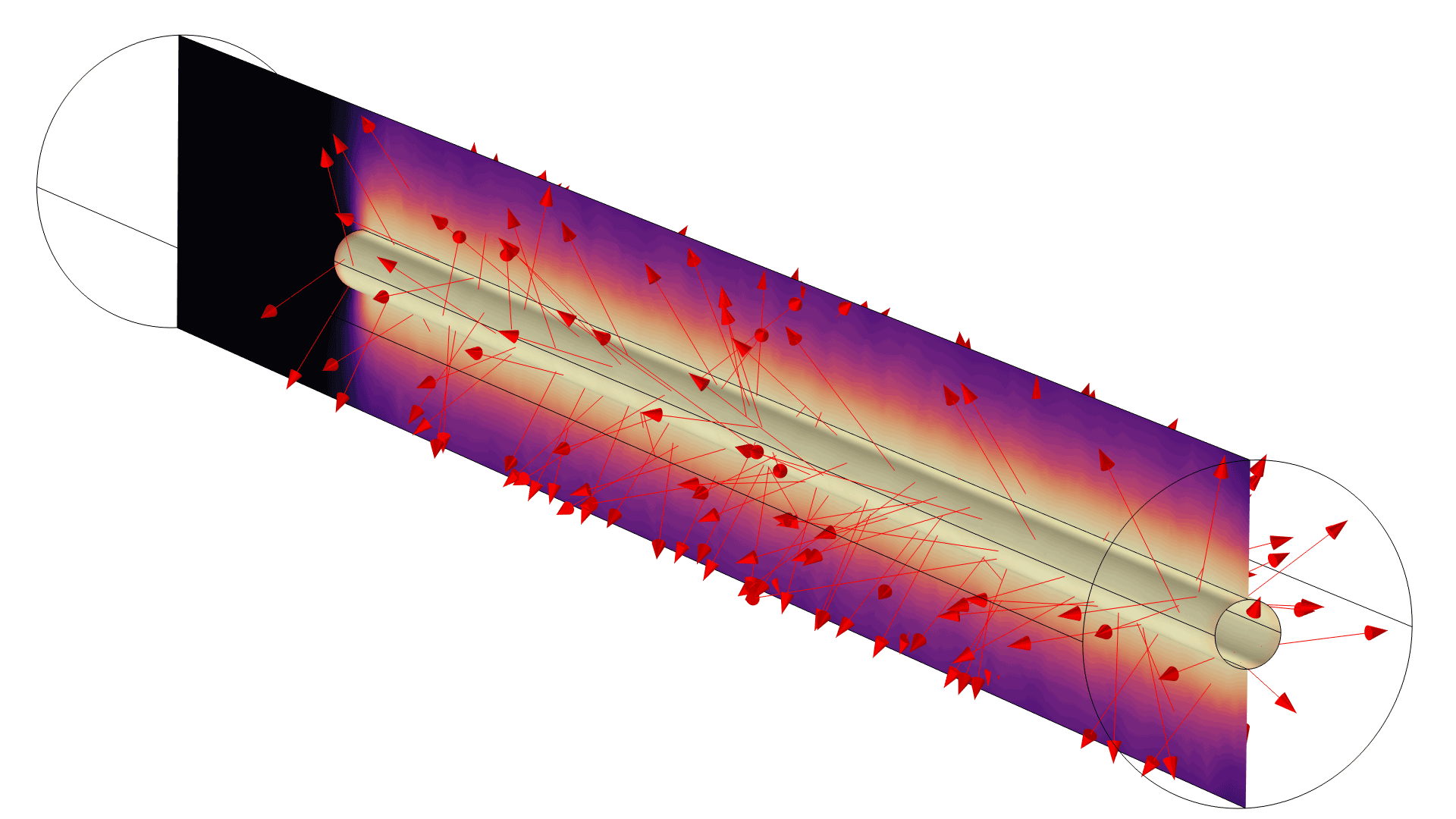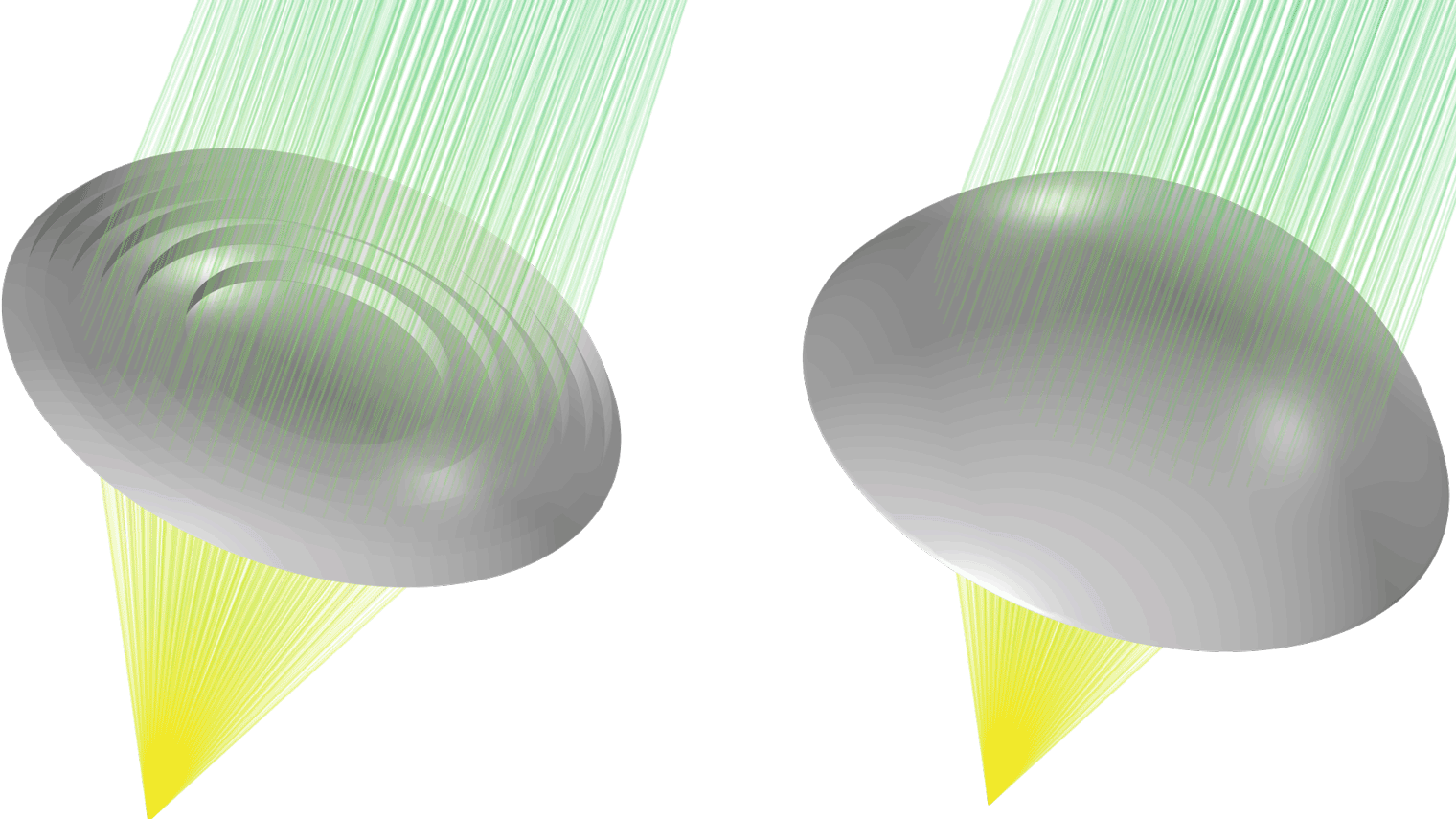support@comsol.com
Ray Optics Module Updates
For users of the Ray Optics Module, COMSOL Multiphysics® version 6.1 provides a new feature for computing fluence rates, improved pseudorandom number generation (PRNG), and additional materials in the Optical material library. Read about these updates and more below.
Fluence Rate Calculation
Fluence rate is defined as the amount of radiation that would hit a small spherical detector at any location in the simulation domain, divided by the cross-sectional area of such a detector. A new domain accumulator feature, Fluence Rate Calculation, is now available for computing fluence rate. This feature is valuable when simulating ultraviolet (UV) purification systems because it can be used to predict the amount of UV radiation that bacteria and other pathogens will absorb when passing by a source of UV radiation.
You can see this new feature in the new Annular Ultraviolet Reactor and Annular Ultraviolet Reactor with Particle Tracing tutorial models.
Improved Pseudorandom Number Generation
The Ray Optics Module includes a variety of functionality that relies on PRNG, such as:
- Monte Carlo modeling of light extinction in particle-laden media
- Diffuse and isotropic scattering
- Surface normal perturbations for modeling rough boundaries
- Conditional ray–boundary interactions
The PRNG methods used in these examples have been improved and are less likely to incur correlations between random numbers that should ideally be uncorrelated. This includes random boundary conditions acting on different rays as well as unwanted correlations between randomly generated vector components. The existing Solar Dish Receiver tutorial model demonstrates this new improvement.
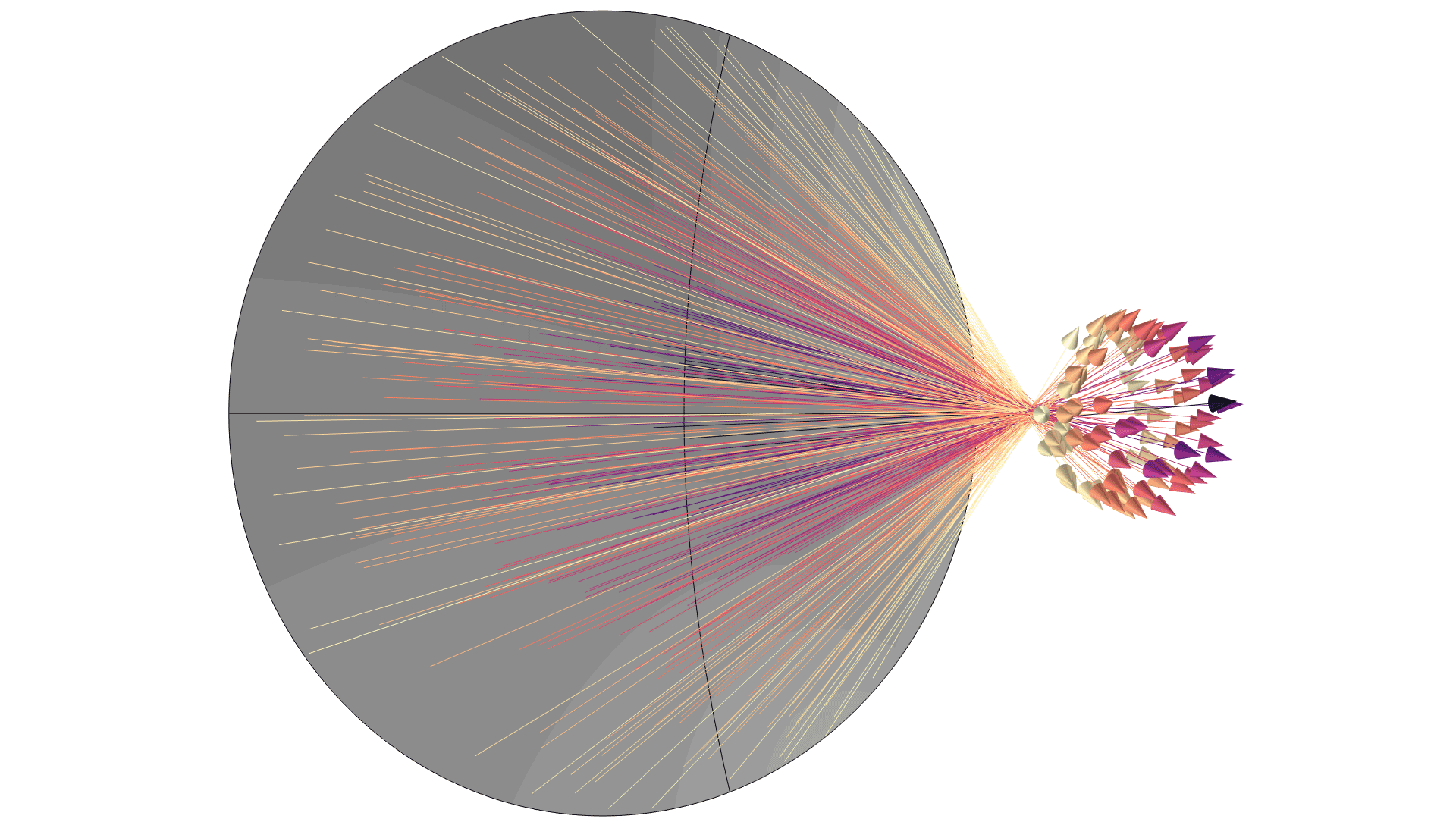
Option to Store Only Accumulated Variables in Solution
Depending on your application, the accumulated variables (such as the deposited ray power or fluence rate within a domain) may be more valuable information than the position and direction of individual rays. You now have the option to retain only the accumulated variables in the solution while discarding the degrees of freedom associated with the rays, which reduces file size. You can see this feature in the new Annular Ultraviolet Reactor and Annular Ultraviolet Reactor with Particle Tracing tutorial models.
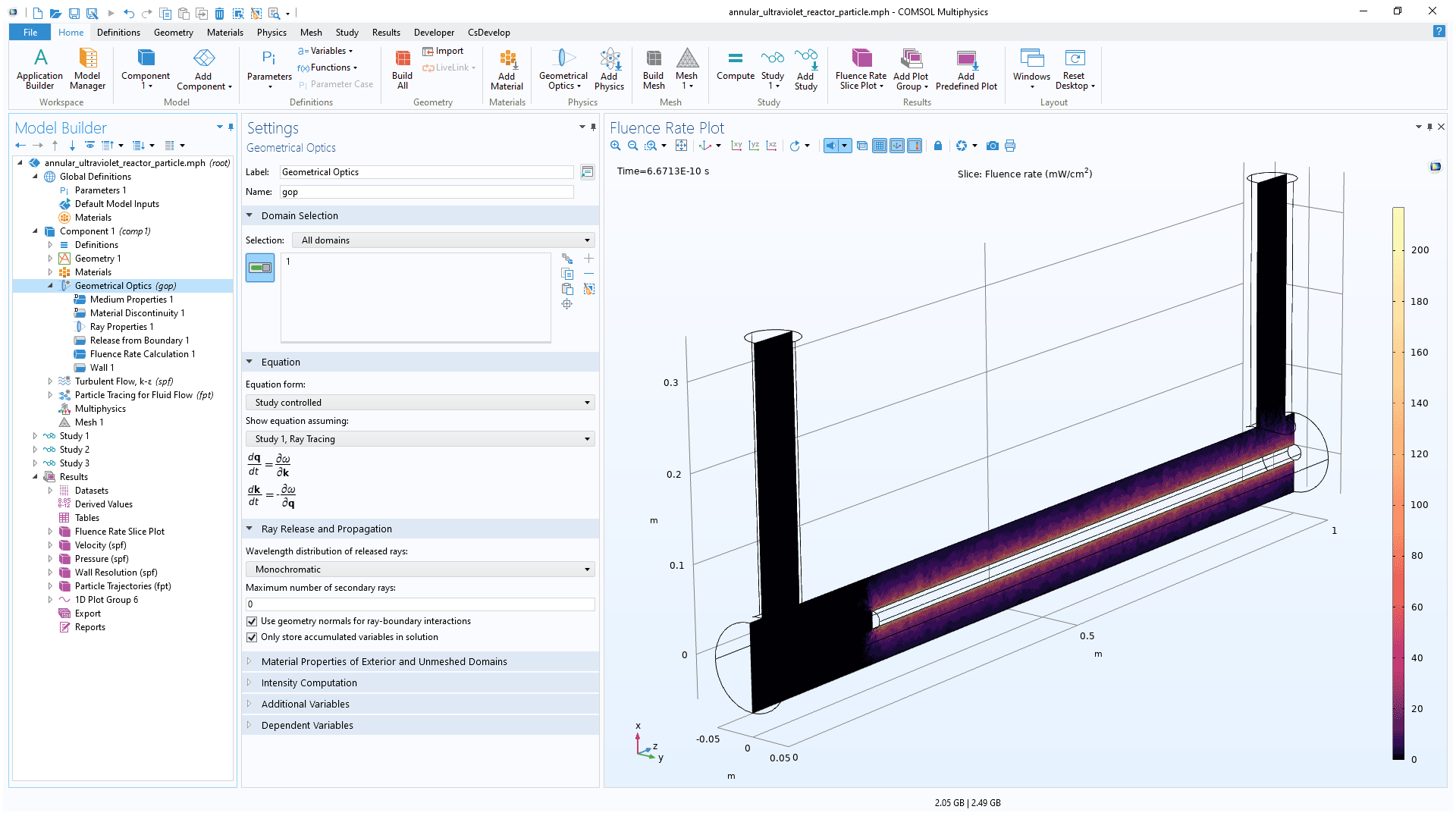
Optical Material Library Updates
In the Optical material library, available in the Ray Optics Module and Wave Optics Module, the fused silica and i-line glasses from Ohara Corporation have been added. Compared to other types of glass, fused silica and i-line glasses generally have greater transmittance at ultraviolet and near-UV wavelengths.
New Tutorial Models
COMSOL Multiphysics® version 6.1 brings three new tutorial models to the Ray Optics Module.
Annular Ultraviolet Reactor
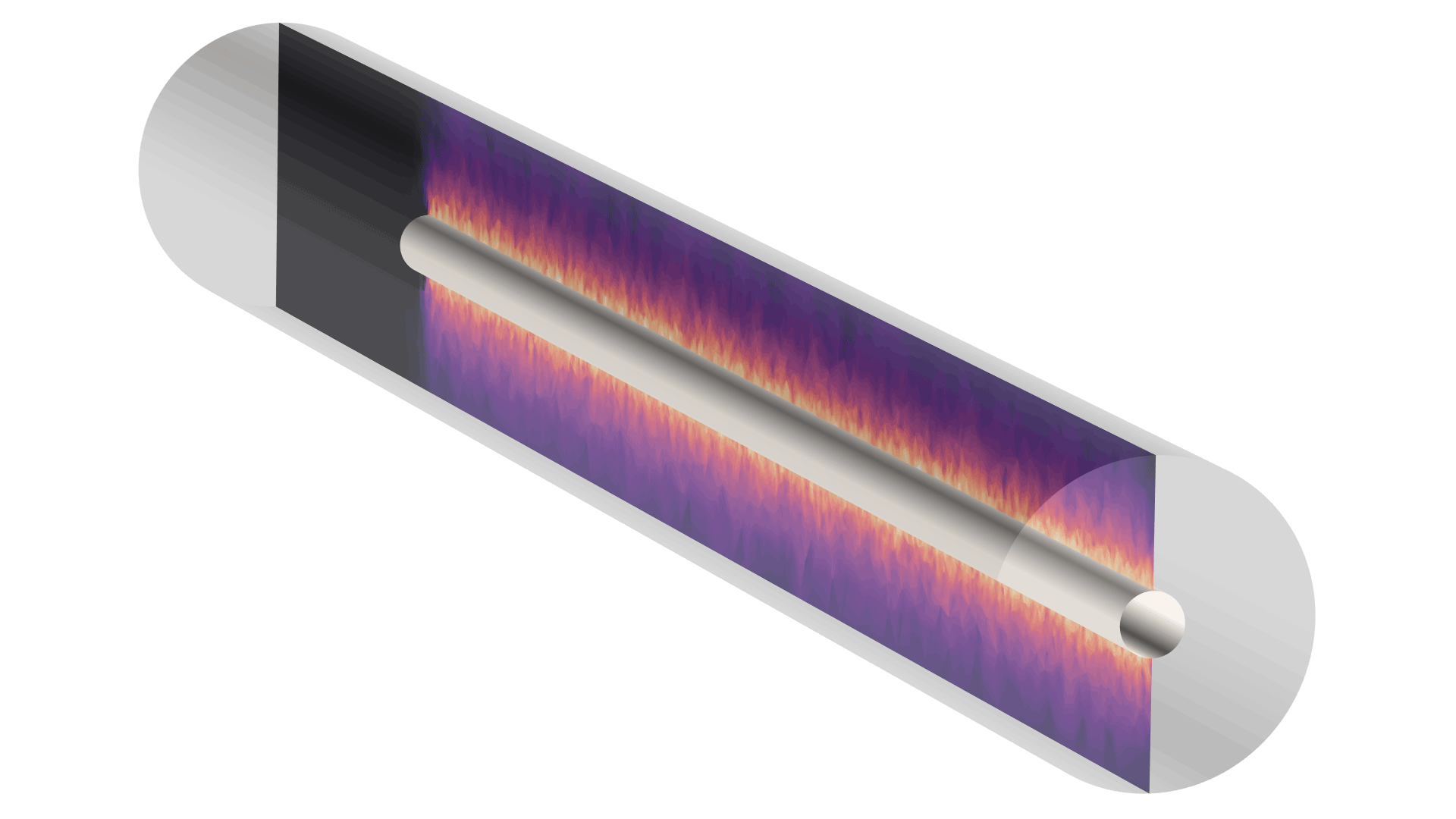
Application Library Title:
annular_ultraviolet_reactor
Download from the Application Gallery
Annular Ultraviolet Reactor with Particle Tracing
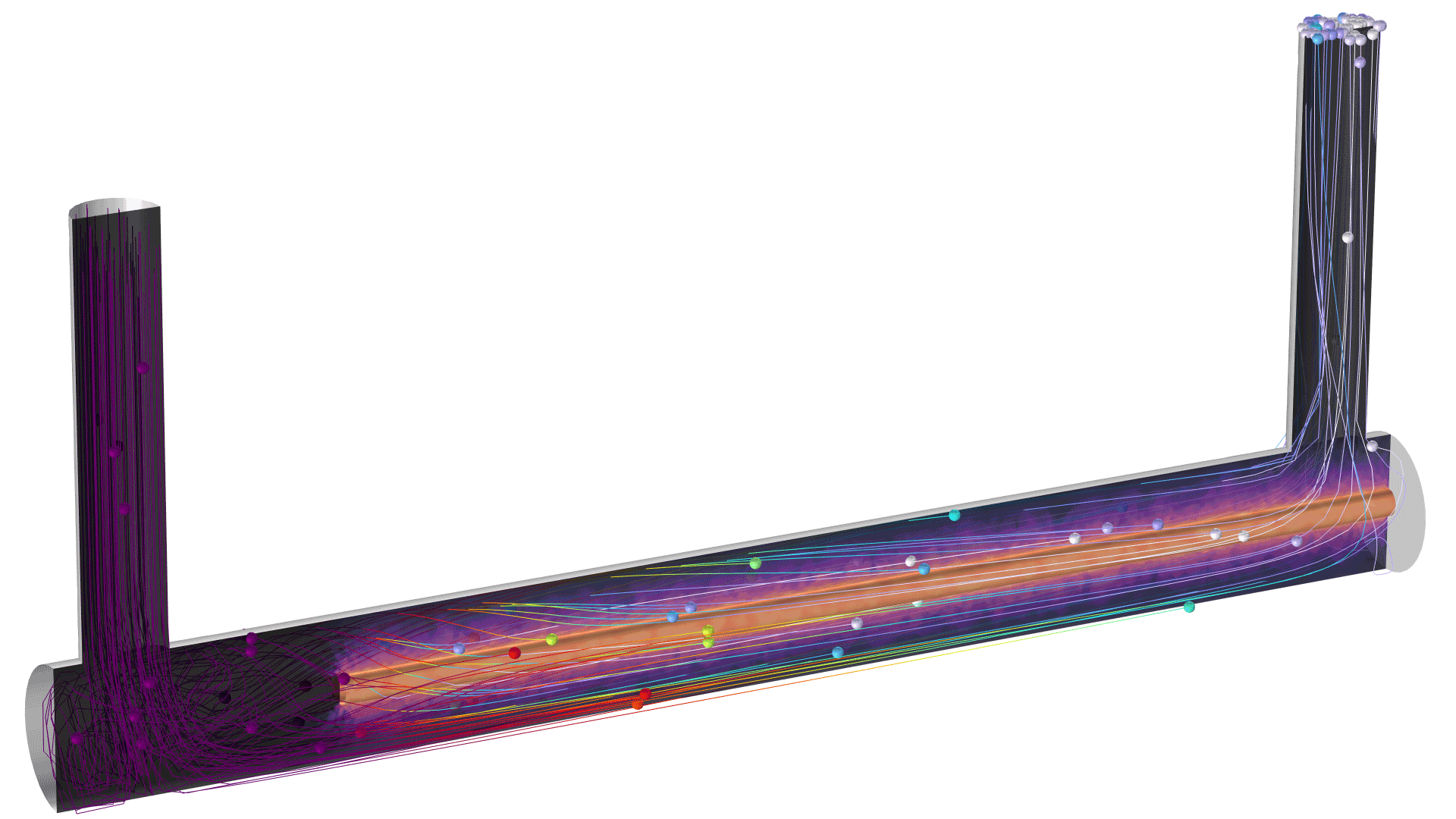
Application Library Title:
annular_ultraviolet_reactor_particle
Download from the Application Gallery
Ray Optics Modeling of a Fresnel Lens
Application Library Title:
ray_optics_modeling_fresnel_lens
Download from the Application Gallery

